
News
Again biobeads on the Dutch coast
In January 2018 we posted a message on the massive beaching of so-called ‘biobeads’ on the Dutch Island of Texel. The dark plastic granules were probably lost from British sewage systems, that use these beads for biological purification of the sewage water. Water is pumped through a basin with biobeads, in which the plastic pellets offer surface to large quantities of micro-organisms to grow on, using organic substances from the waste-water to grow. Apparently, the screens that should hold the biobeads in the basins occasionally break, without sufficient safety filters for water leaving the sewage plant.
In England Claire Wallerstein en Andrew Turner have published comprehensive studies, in which also biobeads from Texel were analysed. The plastic granules apparently consist of low quality recycled plastics from electronic equipment, for instance polluted by additives of e.g. flame retardants.
A new biobead incident in the Netherlands during March 2019
British sewage plants are reported to work on extra safety filters to retain lost particles. However, that seems incomplete, or there are other unknown sources of these materials. Around 17th of March, large quantities of biobeads started to beach near Bloemendaal. Later, in the period 25-31 March large numbers beached near Hoek of Holland and on de Maasvlakte. Concerned volunteers removed many kilo’s of beads, but real cleaning is almost impossible (see article in Dutch regional newspapers). Basically all reports were from beaches in the province of ‘Zuid-Holland’.
Analyses
Preliminary measurements using our new FTIR equipment (Fourier Transform InfraRed Spectroscopy) indicated old and recycled plastics, often different types of ‘aged’ polyethylene with occasional mixes of polyethylene and polypropylene. As far as possible additional investigations will be done with the help of specialist colleagues.
Only in the province of Zuid-Holland?
Very few to no biobeads were reported from surveys in the province of ‘Noord-Holland’ and the island of Texel. Also from south of Maasvlakte, only negative reports were received. The limited area of this biobead incident, and the extreme quantities around especially the Rotterdam area do not completely exclude a British source, but do raise some suspicion on potential other sources. As far as we know, this type of biobeads has not been used in the Netherlands or upstream its major river systems. We highly appreciate each bit of additional information on potential sources and other uses! Also negative reports on absence of these biobeads during recent surveys of riverbeds or other coastline are valuable.
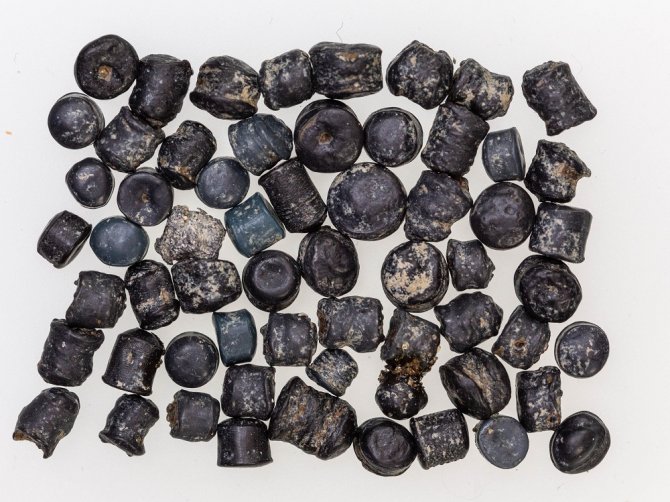
Detailed photo of the first biobeads collected by Tom van Spanje on 17 March on the beach of Bloemendaal.
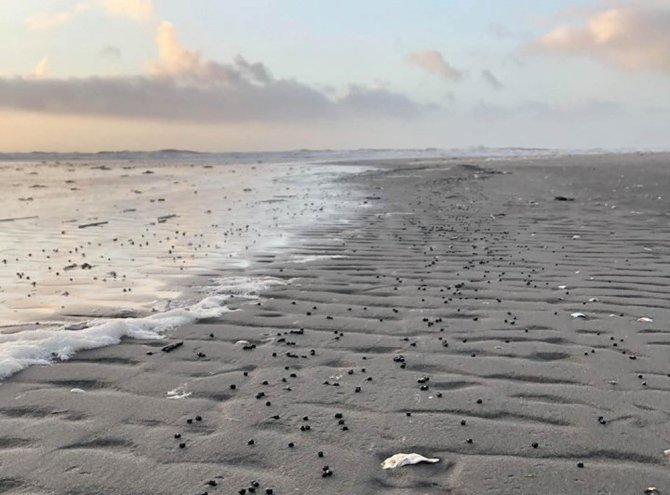
A week later, on the 25th of March, biobeads started being found in recent tidelines near Hoek van Holland (photo: Danny Taheij)
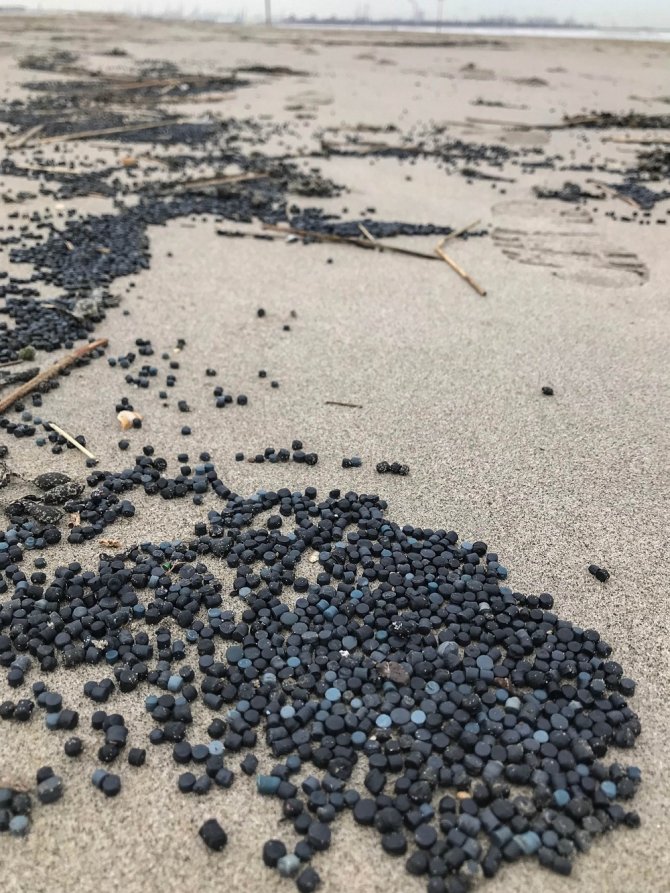
Massive quantities of biobeads were beaching near Hoek van Holland (photo: Bianca Tiegelaar)
- Unfortunately, your cookie settings do not allow videos to be displayed. - check your settings
(Movieclip: Bianca Tiegelaar)
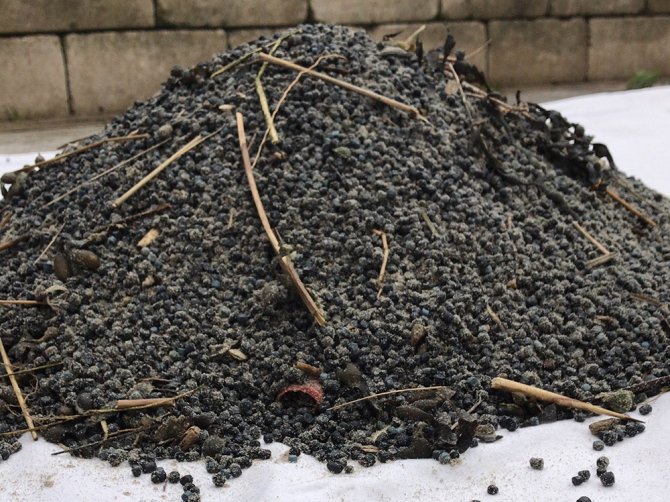
Near Hoek van Holland an impressive pile of at least 7.5kg of biobeads was collected (photo: Bianca Tiegelaar)
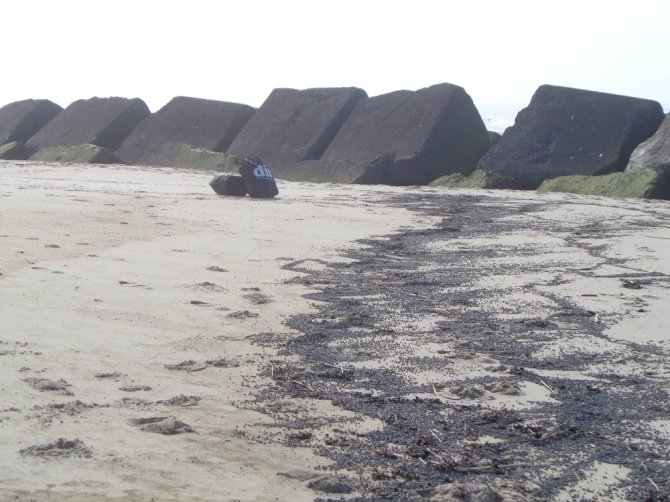
During the last days of March, biobeads were also found on the Maasvlakte in large numbers (photo: Bart Koppe)
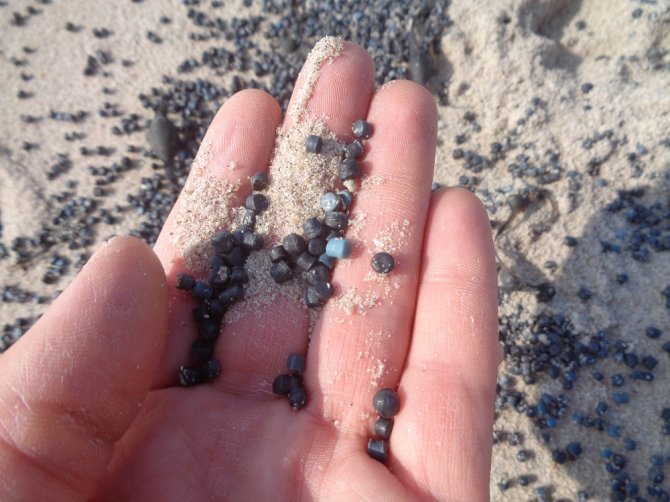
Some of the biobeads from the Maasvlakte, but also from other locations, had a more bluish colour. Preliminary FTIR analyses did not reveal evident differences compared to the blackish beads. (photo: Bart Koppe)
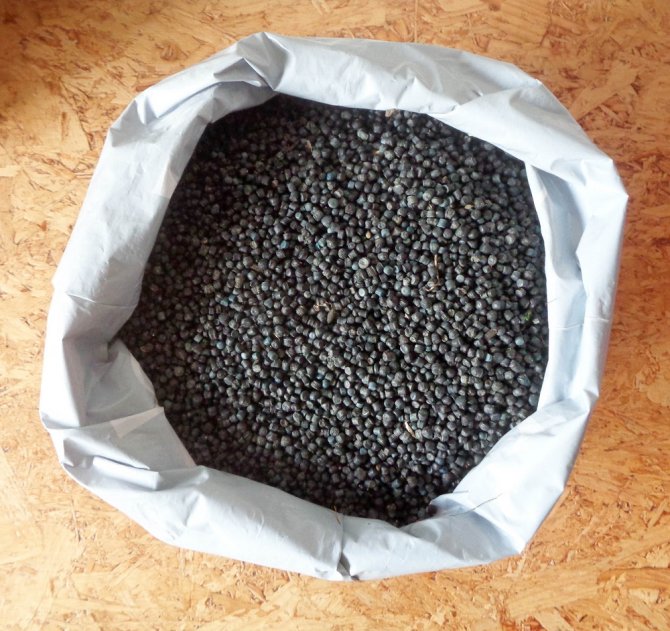
A bag full of biobeads, collected from the Maasvlakte. These beads may be used in art objects. (photo: Bart Koppe)